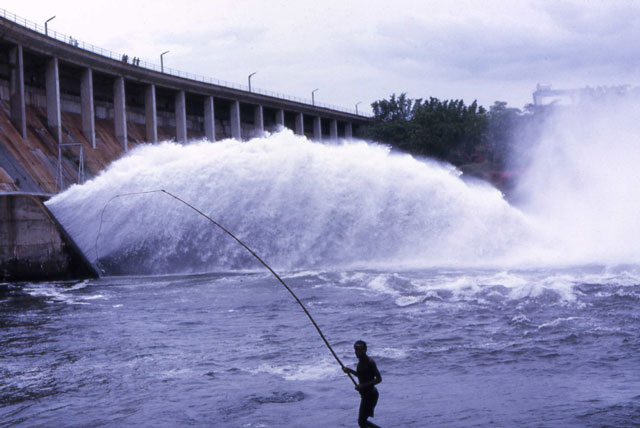
Kampala, Uganda | THE INDEPENDENT | The planned water spillage from the Nalubaale and Kiira will not affect residents and other activities downstream.
The Directorate of Water Resources Development which is charged with the regulation of water resources confirmed that power generator, Eskom Uganda has been allowed to spill excess water than it usually consumes.
The Commissioner in Charge of Water Resources Planning and regulation, Dr. Callist Tindimugaya says Eskom was allowed to spill more water downstream to avoid possible damage to the two dams located along the Nile.
There reports that Eskom had obtained permission to release over 400 cubic meters of water per second-enough to fill an Olympic swimming pool every six seconds.
Eskom said the planning spill beginning this Friday was as result of excess water due to the increase of water level in Lake Victoria since October 2019.
But Dr Tindimugaya explained to Uganda Radio Network that Eskom asked to release less water than usual because of a reduction in electricity demand from the Kiira and Nalubale dams.
He says the balance of the 400 cubic meters per six seconds have to the spilled because they don’t need it to generate more than the required water for power generation.
Tindimugaya explained that it is normal for the excess water to be discharged through spill gates but should be controlled to avoid any damage downstream.
The water is expected to take a natural flow through Bujagali, Isimba and finally Karuma up to other riparian states along the Nile without causing any flooding along the way There was fear that the huge volumes of water through the spill gates would negatively affect other activities downstream like lake side farming and fishing.
Eskom Uganda Operations Manager, Paul Tentena could not be reached on phone for comment about how long the spillage will take.
The sluices gates of Nalubaale Power Station were lasted tested in 2015 after they had been repaired in preparation for eventualities like increased water volumes.
A sources at Eskom that asked for anonymity told URN the power company may resort to using the sluice gates as one off the option for flood control and emergency preparedness. Pedestrians witness water showers and misting along the old Owen falls bridge as the spilling commences.
How Does Hydroelectric Energy Work?
Most hydroelectric power plants have a reservoir of water, a gate or valve to control how much water flows out of the reservoir, and an outlet or place where the water ends up after flowing downward. Water gains potential energy just before it spills over the top of a dam or flows down a hill. The potential energy is converted into kinetic energy as water flows downhill.
The water can be used to turn the blades of a turbine to generate electricity, which is distributed to the power plant’s customers.
******
URN
 The Independent Uganda: You get the Truth we Pay the Price
The Independent Uganda: You get the Truth we Pay the Price



